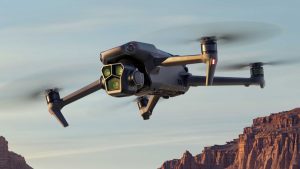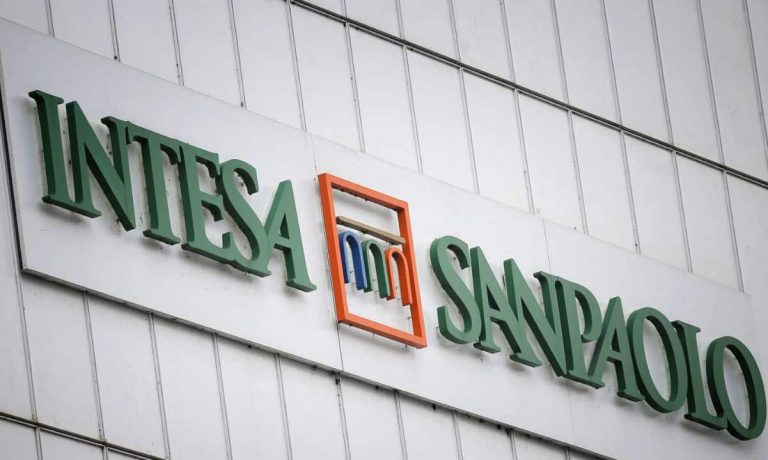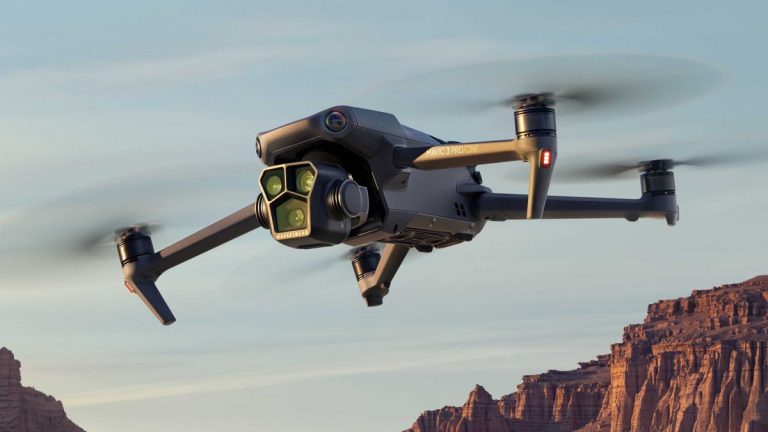Eddie Hearn has cast doubt on Tyson Fury’s shock retirement announcement, suggesting it could be a strategic move rather than a genuine decision to quit boxing.
The Matchroom Boxing chief’s comments come just hours after Fury declared his retirement on social media.
The announcement follows Fury’s recent defeat to Oleksandr Usyk in Saudi Arabia, where he lost his heavyweight rematch by decision.
“I think if you haven’t got the heart for it anymore and you don’t want to compete, I think retirement is the best option,” Hearn said on TNT Sports.

Tyson Fury has announced his retirement
PA
“I’m disappointed obviously for British fight fans because we’ve got the chance to make the biggest fight in boxing.
“If that is the last we see of him, he’s had a great career.
“I doubt it, but it’s always been to come into retirement to make sure someone pays you to come out of retirement.
“But if that’s his lot, all the respect to him and I wish him all the best.
“I just think if I was looking for the right deal, Id go into retirement too, but I cant speak on his behalf.
“That’s just what I would do. I think its a natural play, but maybe that’s his lot. I don’t know him well enough to comment, really.”

Eddie Hearn doubts Tyson Fury has actually retired
GETTY
Fury shocked the boxing world yesterday with a 17-second video posted on his Instagram account announcing his immediate retirement from the sport.
The former heavyweight champion’s message included a cryptic reference to Dick Turpin, the English highwayman, fuelling further speculation about his intentions.
The potential showdown between Fury and Anthony Joshua has long been touted as a landmark bout for British boxing and Hearn believes it’s too enticing for the former to turn down.
“The reality is there’s only one fight for Tyson Fury and that’s Anthony Joshua,” Hearn stated last month.
“It’s the biggest fight probably in the history of British boxing, everyone will always want to see it.”
Hearn has been particularly vocal about staging the fight at Wembley Stadium, describing it as “the one” that British boxing fans want to see.
The potential Fury-Joshua clash has faced setbacks before, with previous negotiations collapsing in 2022.
LATEST SPORT NEWS:

Anthony Joshua wants to fight Tyson Fury this year
PA
Instead of facing Joshua, Fury opted to defend his WBC heavyweight title against Derek Chisora at the Tottenham Hotspur Stadium.
Following the recent Fury-Usyk rematch, Hearn has been actively pushing for the Joshua fight to finally materialise.
“I’m going to be pushing His Excellency [Turki Alalshikh] to make the fight,” Hearn said.



























+ There are no comments
Add yours